What Eats Ticks
Discover the amazing animals that eat ticks
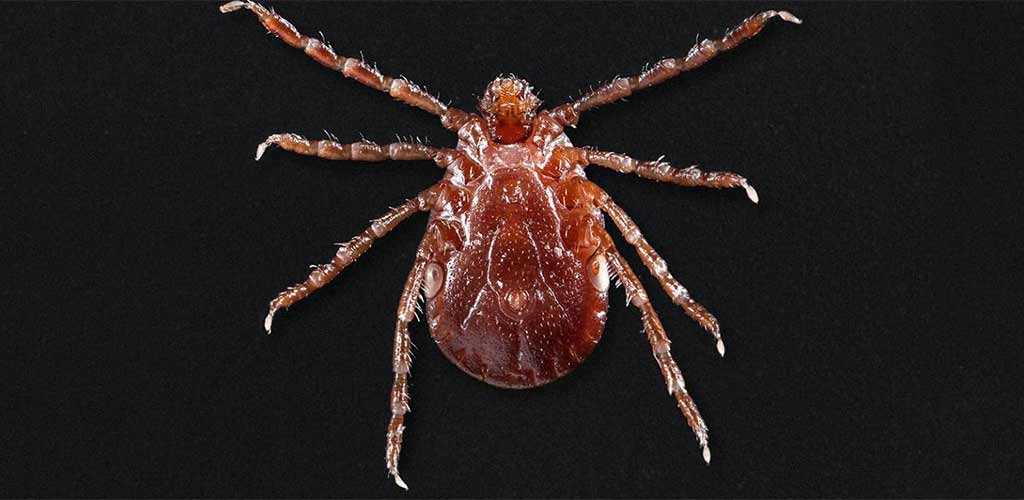
This site is supported by affiliate advertising. Which means we may earn some money if you click the product links. Thanks for your support!
What eats ticks is becoming an increasingly relevant question due to the rapid increase in tick borne illnesses. From Lyme to Rocky Mountain spotted fever there are plenty of reasons to find the arch enemy of ticks. Knowing what eats ticks helps us know what critters to keep in your yard. Thankfully there are several animals that eat ticks.
What Eats Ticks, Lots of Things
There are many critters that eat ticks, and some you can even buy online! If you need something to help eat away at your local tick problem Amazon has you covered. Believe it or not both Praying Mantis and Metarhizium anisopliae eggs can be ordered online! Check out the links below then continue reading for the details on how to use Praying Mantis, Metarhizium, and other critters to fight ticks.
What Eats Ticks, Birds
Birds are well known to eat bugs and worms. Thankfully this includes ticks. A few ground dwelling birds are also known to be particularly fond of eating ticks. Lets consider a few of the most common tick catchers.
Chickens
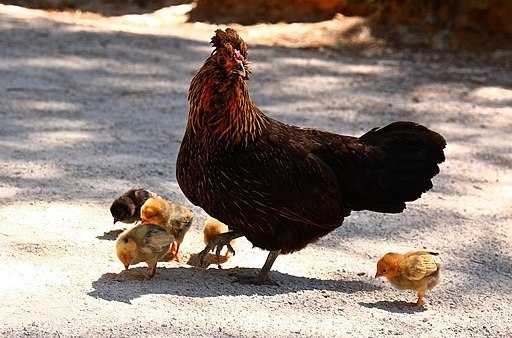
Chickens are omnivores meaning they eat almost anything they find. This includes, bugs, worms, fruit, seeds, vegetables, and worms. Thankfully this list includes ticks! It’s important to note that chickens are not going to look for ticks specifically but rather they eat ticks as they find them. However many dog owners report pulling fewer ticks off their dogs after bringing chickens on their property. If you’re able to let chickens roam your property they could help reduce your local tick population. If not you can at least enjoy fresh eggs!
Guinea Hens

Guinea Hens have a diet similar to chickens, they eat anything that fits in their beak. This includes ticks. The advantage of Guinea Hens is they do not scratch and dig up the yard as much as chickens. However Guinea Hens are a bit more wild, louder and tend to roam more then chickens. So if you have LOTS of room and no neighbors then Guinea Hens could be the answer to your tick problems.
Turkeys
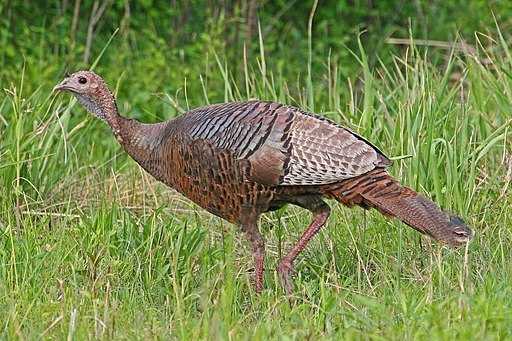
Wild turkeys are natural foragers that will eat almost anything including ticks. Turkeys are known to have extremely good eye sight which helps them find ticks in dense weeds. However since turkeys are rather large it’s difficult to have a roaming flock of turkeys on your property. Since they are not popular as pets or live stock there’s less anecdotal evidence of turkeys impacting local tick populations. So while turkeys do eat ticks they are likely not the best natural predator for tick control.
What Eats Ticks, Bugs
Ticks seem to make enemies everywhere they go, this includes with their fellow insects (ok, ticks are actually arachnids). Just like birds there are few insects that love eating ticks. Lets take a close look at what insects eat ticks.
Praying Mantis
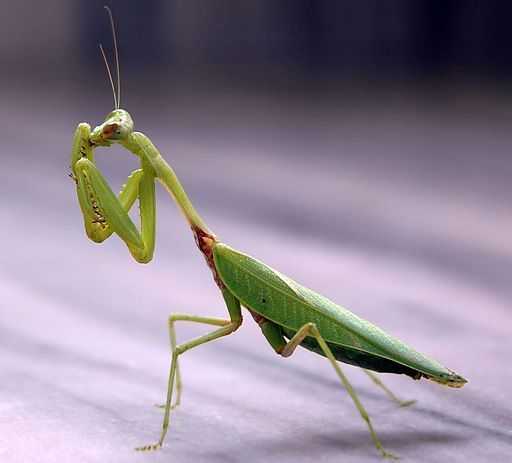
When looking for predators in the world of bugs the praying mantis is usually at or near the top of the list. Praying Mantis’s have incredible appetites and eat almost anything they can catch. While researching what eats ticks I even found a video of a praying mantis attacking a humming bird! Fortunately humming birds are not a staple of the praying mantis diet which typically consists of bugs such as ticks. Since you can buy praying mantis egg sacks its possible to release baby praying mantis’s on your property for tick control. If you do please let us know how it works.
Spiders
Similar to the praying mantis, spiders are voracious predators, eating just about anything they can find. Ticks along with most other bugs are on their menu. However most spiders are generalists eating what they find. So while they will eat ticks they are not likely to impact your local tick population.
Whats Eats Ticks, Opossums
Opossums will eat just about anything. plants, mice, bugs, worms, snails, frogs, and even small birds are part of the opossums diet. Similar to the preceding animals opossums will eat ticks if they can find them. However what is different about opossums is they don’t only eat ones they find on the ground. Opossums are meticulous about grooming and will eat ticks they find attached to their bodies. Since Opossums live in the same habitat as ticks they attract ticks as they scamper about in the woods and weeds. Evidence on the tick eating habits of opossums were laid out in an article from the Proceedings of the Royal Society of the Biological Sciences.
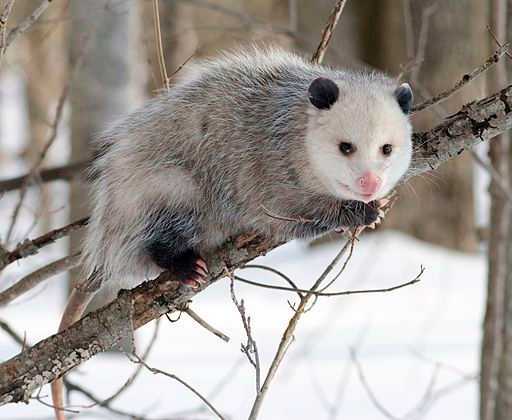
To test the tick killing ability of opossums scientists exposed opossums, mice, chipmunks, and squirrels to 100 ticks in an enclosed environment. The opossums had the fewest ticks left in their enclosure or on their bodies. This lead the researchers to concluded that their detailed grooming habits help them detect and remove ticks the find in their fur.
What Eats Ticks, Fungus
One of the most surprising creatures that prey on ticks is Fungus! Rememebr that fungus is neither a plant or animal its Fungi. What sets fungi apart is that unlike plants fungi does not make its own food. It eats what it grows on, in this case thats ticks. Over the past several years researchers have zeroed in on Metarhizium anisopliae. This is a naturally occurring fungus that kills ticks. Metarhizium anisopliae can be found in the soil around the world and has been killing ticks for thousands of years. The fungus kills ticks by landing on their body, germinating, and then penetrates into the ticks body. Once inside the tick Metarhizium anisopliae creates chemicals that are toxic to the tick. Once the fungus fills the ticks body it breaks back out of the tick and emits spores that can contaminate more ticks. Thankfully Metarhizium anisopliae is not harmful to mammals and most beneficial bugs such as honey bees!
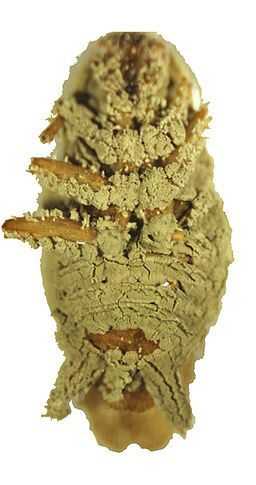
Metarhizium anisopliae has actually been used as a natural pesticide since 1879! At that time it was used to kill the wheat grain beetle. Since its discovery Metarhizium anisopliae has been used to kill over 200 types of bugs. In more recent times Metarhizium anisopliae was registered by the EPA as a microbial pesticide active ingredient for non-food use. An easy way to use metarhizium anisopliae is to purchase one of the commercially available products based on Metarhizium anisopliae. One such produce is Met52 produced by novozymes.
The main difference between the naturally occurring instances of Metarhizium anisopliae and the commercially produced version is the density of the fungus. When used commercially there are much greater amounts of fungus then would be naturally present. There is also scientific research on the effectiveness of Metarhizium anisopliae as a means of tick control. The Future of Tick Eating Fungus
Two projects currently reviewing the use of fungus for killing and controlling ticks are:
- The TICLESS project managed by Bioforsk which is the Norwegian Institute for Agricultural and Environmental Research. Bioforsk is testing an isolate of the tick pathogenic fungus, Metarhizium called BIPESCO 5. They are want to determine if the fungus can kill ticks on sheep pastures.
- The Tick Project is a study in Dutchess County, New York that is designed to determine the effectiveness of neighborhood wide tick control. The products being tested are ‘The Tick Control System’ and Met52 fungal spray. The Tick Projects home page nicely sums up their goal: “The study will answer once and for all whether we can prevent cases of tick-borne disease by treating the areas around people’s homes. If this approach prevents disease, we will be able to recommend plans that could be immediately adopted by local municipalities, governments, community groups, or neighborhoods.”
Another vexing pest a many try to avoid are fruit flies. Did you know that many common essential oils can help repel fruit flies? Learn more in our full article Essential Oils for Fruit Flies.
Use a Tick Management Plan
Ticks are something that we all need to learn to deal with and avoid. No matter how many you kill they will keep on coming back. However, you can reduce the chances of being exposured to ticks by taking steps to create an environment around your home that repels ticks. Tick Management (TM) is a three step process. TM consists of:
- Tickscaping
- Natural tick repellent
- Protection and detection
- Tickscaping
Tickscaping
Along with finding what eats ticks and addin these critters to your yard its also important to keep ticks out of your yard in the first place. The most basic way to get rid of ticks in your yard is with tickscaping. Tickscaping is the process of designing landscaping features that do not harbor ticks.
A good example of this is ground cover. While groundcover is a great way to prevent erosion and control weeds it also creates the perfect environment for ticks. If you must use ground cover keep it awsy from your house and areas that are frequently accessed by yourself and others. Checkout our full article on how to tickscape your yard for more ideas what eats ticks and how to get rid of ticks in your yard.
The 411 on Ticks
When dealing with ticks you need to know what they want, don't want, and their biology. Lets take a few moments to dig into what makes ticks, tick :-). To start ticks are classified as arthropods this means they have one primary body segment. This places them in the same group as daddy long legs and scorpions. Amazingly, ticks don't hibernate. If the the temperature is above freezing they are active. To locate a host ticks climb tall grass or other plants and wait for an animal or person to pass by. This action is referred to as questing. Ticks cannot jump or drop on victims.
How Ticks Find You
Ticks find hosts (AKA victims!) using chemical signals like sweat and carbon dioxide. Since they do no jump or fly ticks have to come into direct contact with a host. At this point the tick climbs the host to where it will eventually bite or latch on. Since ticks need to make direct contact with a host avoiding tall grass and weeds will reduce the odds of a tick finding you.
When you are walking out doors avoid contact with high grass, thick woods, and lawn debris. This can help reduce your exposure to ticks. Contrary to urban myths you do not get ticks from just being out side. You need to come into direct contact with a questing tick.
You might also be interested in “How to apply diatomaceous earth“? or What naturally repels Mice or “What Eats Mosquitoes“?


